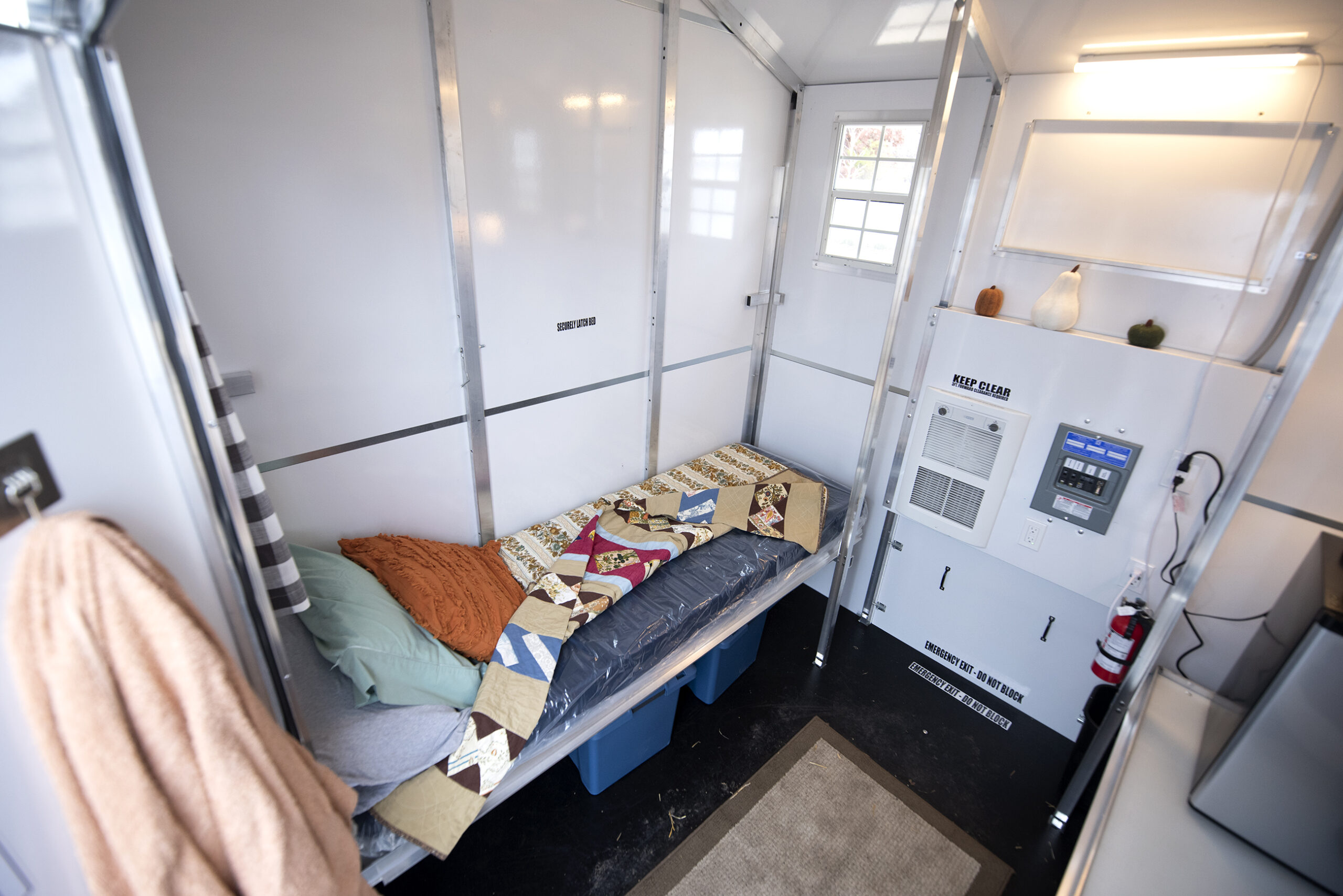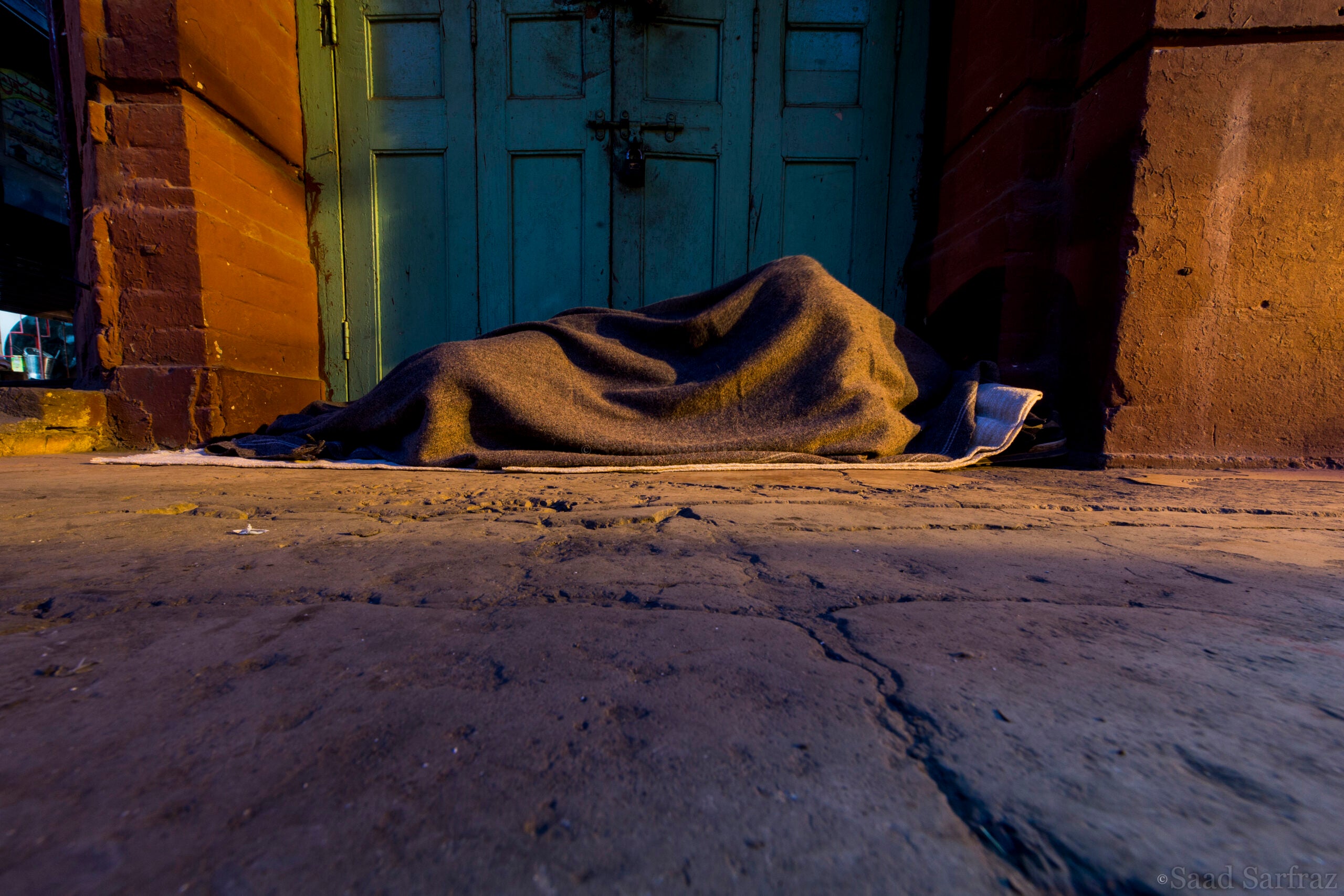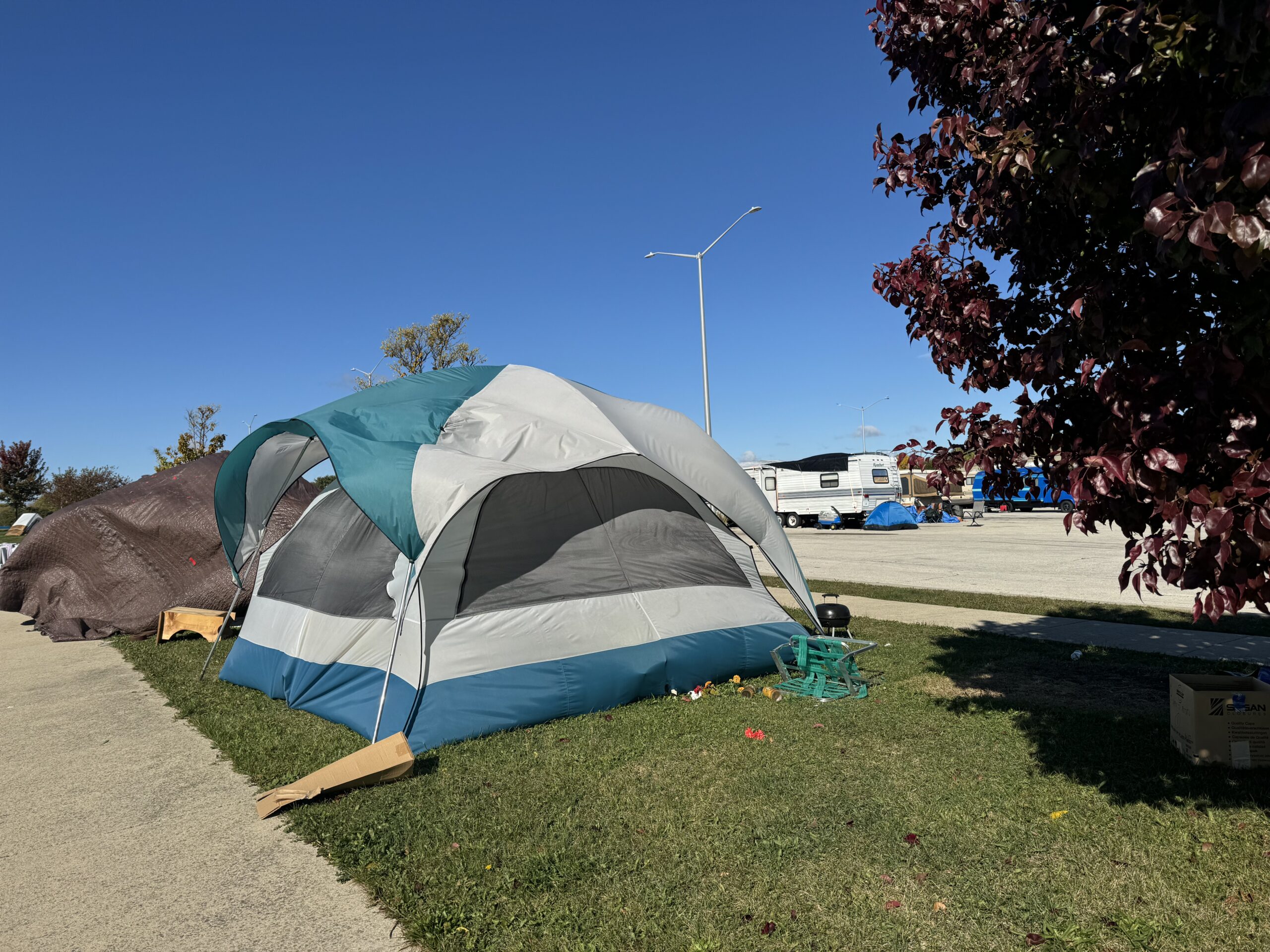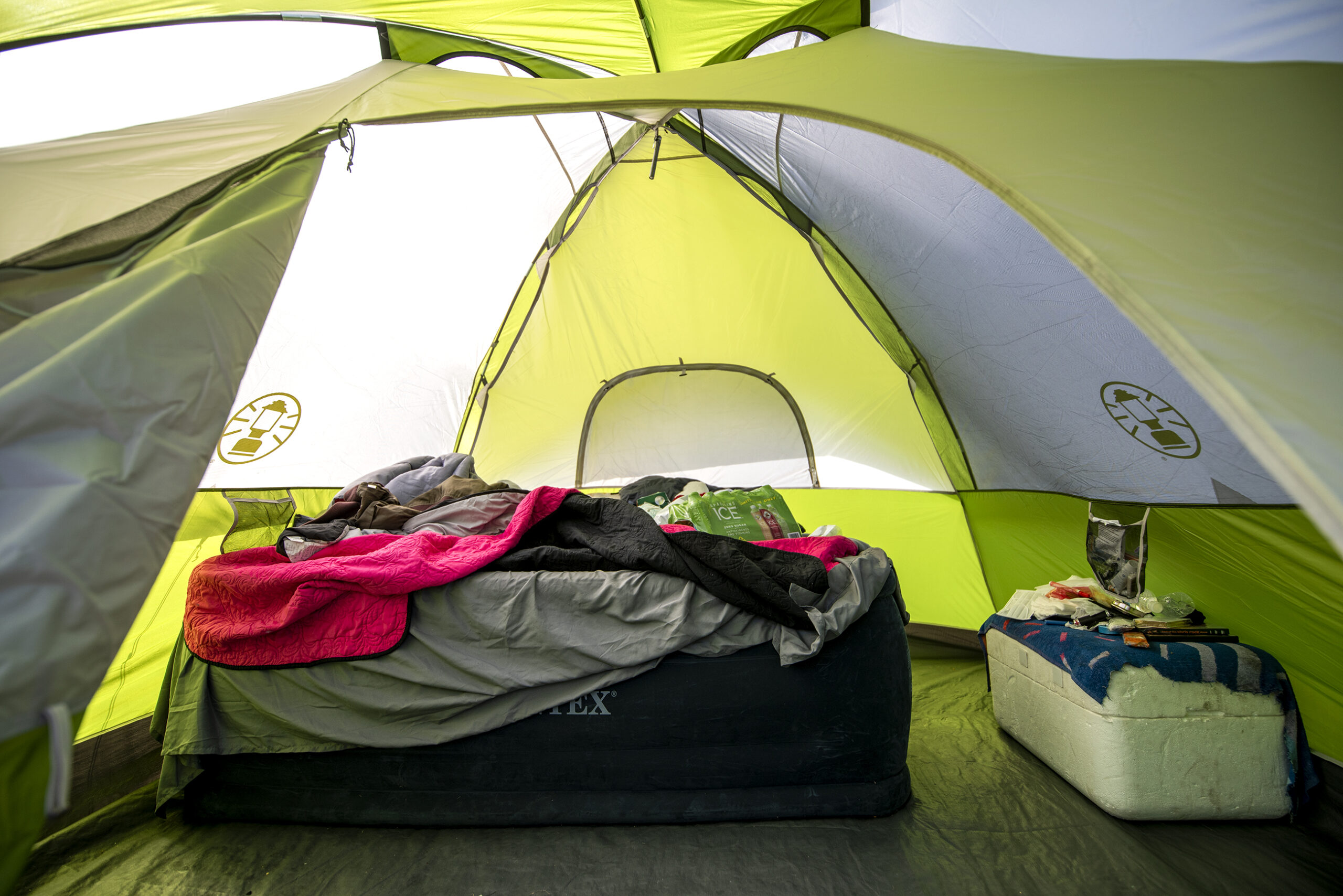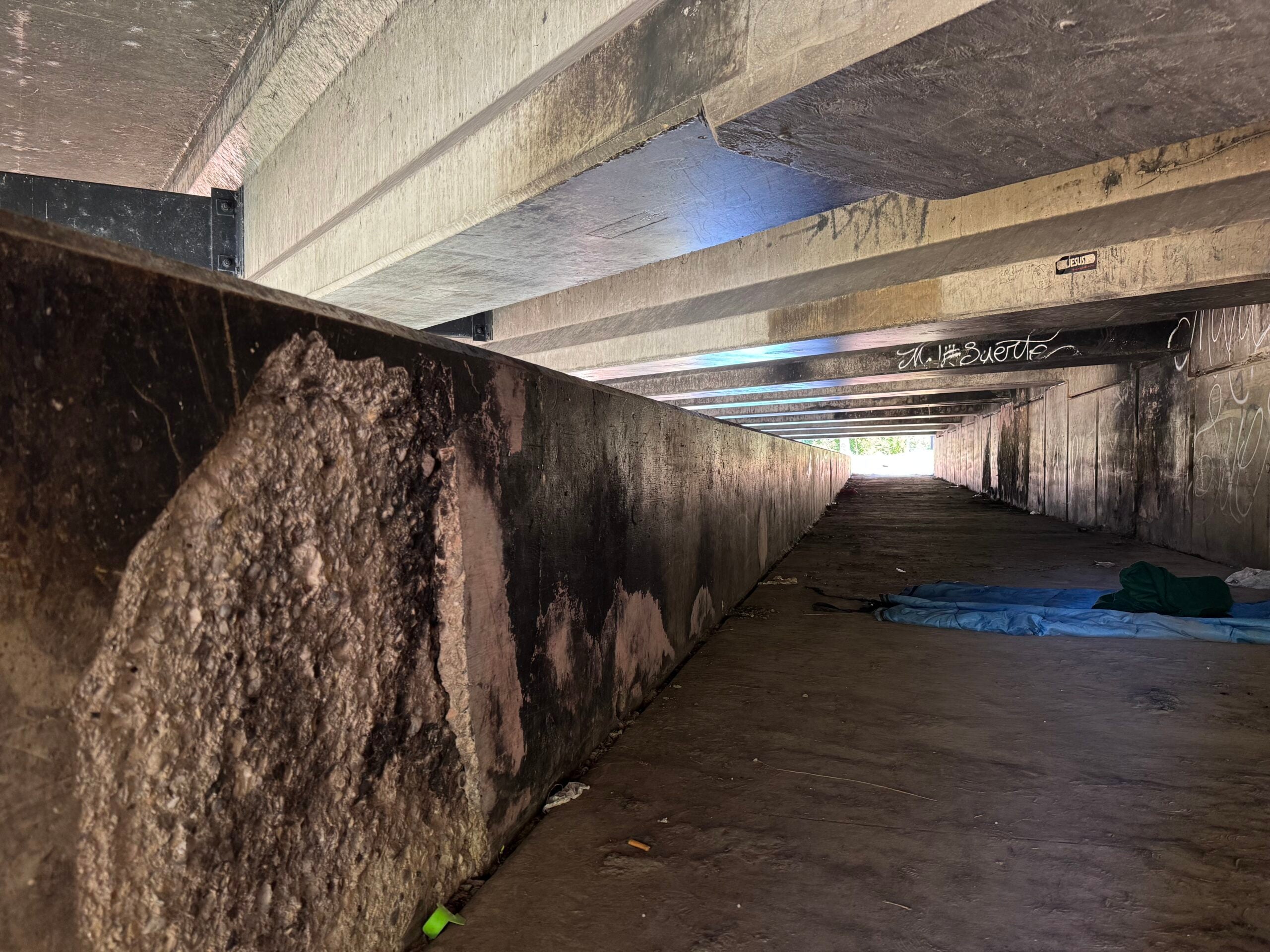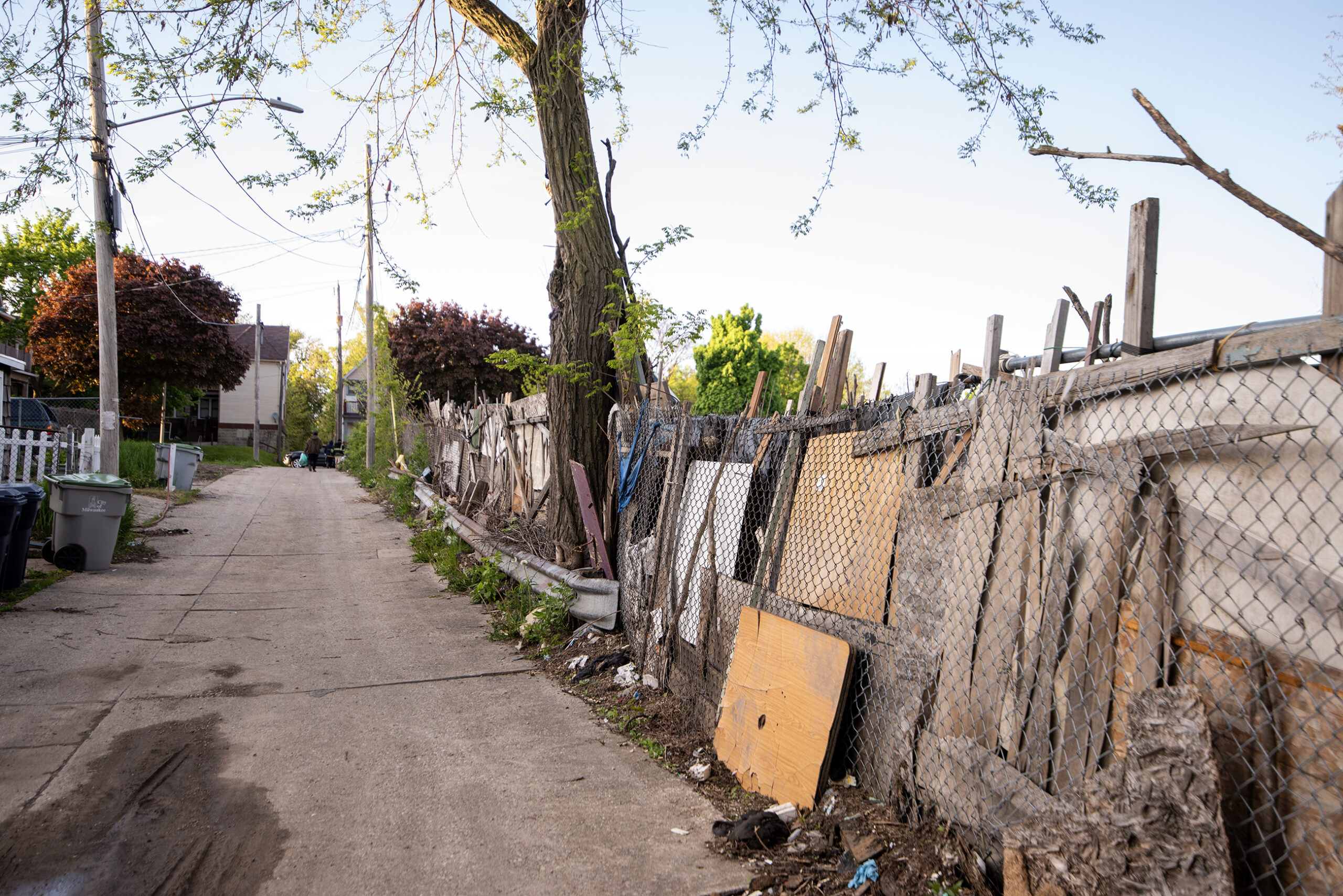A count of Milwaukee County’s homeless population in January 2021 found only 17 unsheltered homeless people, earning the county recognition from the U.S. Department of Housing and Urban Development for the lowest per-capita count of unsheltered homeless people in the nation.
“I think our county should be really proud of the point-in-time, it took several years for us to get there, and we strongly believe in those numbers,” said Jim Mathy, Milwaukee County’s housing division administrator.
Still, people who work with the homeless said that’s just one measure of housing instability and misses a lot of families and individuals who don’t have a home.
News with a little more humanity
WPR’s “Wisconsin Today” newsletter keeps you connected to the state you love without feeling overwhelmed. No paywall. No agenda. No corporate filter.
“It is not possible to count the unsheltered homeless because they live in so many different settings,” said Sister MacCanon Brown, who has worked with people who are homeless in Milwaukee for 30 years. “People who do not have secure or stable housing live in a whole range of options, and so to say based on a one-night count of shelters and programs or whatever agencies, it will not do justice.”
The count of 17 people — a 70-percent decrease from the previous year — comes from the annual point-in-time count done across the nation to tally homeless populations and has well-documented limitations, for example that only captures a snapshot in time.
Another potential problem is that the count comes at one of the coldest times of year in Wisconsin when people are more likely to crash with friends or in their cars and string together temporary solutions that would keep them off the streets, where they’re easier to count.
And, the count was likely disrupted last year because of the the COVID-19 pandemic.
“Homelessness is fluid,” said Brad Paul, director of the Wisconsin Community Action Program. “There isn’t a fixed population of homeless people — people move in and out of shelters all the time, they go in and out of different housing arrangements.”Other
City officials and advocates said that doubled-up homelessness, when two or three families are living in housing meant for one, is particularly prevalent in Milwaukee County. The MacCanon Brown Homeless Sanctuary works with people in Milwaukee’s 53206 ZIP code, and Brown said that according to Milwaukee Public Schools’ homeless outreach coordinator, that area has the highest number of doubled-up families.
“HUD (Department of Housing and Urban Development) does not recognize that as being a condition of homelessness, but that is preposterous to me and to other people who do this work,” she said.
The schools point to another limitation of HUD’s numbers — the Department of Public Instruction said about 13,000 students in Wisconsin were homeless in the 2020-2021 school year with about 10,000 of them in a doubled-up living situation. But the HUD point-in-time count found only 1,200 homeless children in the state in 2020.
Although county officials said the HUD numbers don’t reflect all of Milwaukee County’s challenges, they said they do point to the success of several of the county’s programs aimed at both chronic homelessness and structural problems leading to housing instability.
The county put a lot of federal COVID-19 relief funds into programs to address the immediate needs of people without shelter — as with a program to buy out motel and hotel rooms — as well as into structural fixes to help people avoid losing their homes in the first place. It’s piloting a Right to Counsel program to provide attorneys to people facing eviction, and a rental and mortgage assistance program.
“What I took from that was less about the recognition for that particular number, and more of how this spoke to a positive collaboration between government and nonprofits and the business community,” Paul said.
Milwaukee has partnered with the downtown business district to fund an outreach coordinator’s salary, for example, and works with local hospital systems and HMOs to cover additional worker salaries, as well as rental assistance.
“We’re starting to turn our focus from the crisis of unsheltered homelessness, to really look at families, especially families of color that are in these situations that otherwise wouldn’t get these resources,” Mathy said.
Mathy said these programs and others are part of an effort to get to people who wouldn’t be picked up in that January point-in-time census, who are in unstable housing situations or on the brink of homelessness. That includes the doubled-up, and people who are renting motels by the night or week or who have fallen behind in rent or mortgage payments.
“Those numbers are in the thousands,” he said. “When we talk about moving the needle toward prevention, the ultimate goal is to get to those families.”
Milwaukee County Executive David Crowley said that the county is working to find grant and partnership funding to keep its pilot programs going after federal relief dollars run out, but that those can only do so much when the county’s stock of available and affordable housing is limited.
“When people see these types of numbers, they assume we’re solving all the problems, when there’s still other issues to be tackled,” he said. “We still have a long road ahead of us.”
Brown said there are also more holes in the safety net now. The federal eviction moratorium ended last fall. Milwaukee’s warming rooms — the emergency spaces where people can go when the shelters are full and which officials said nearly always are — closed on March 31, even though the temperature has continued to drop below freezing and several April days have brought snow. Brown said the hotel and motel room program also ended.
“Here’s what we have: A very scarce safety net, a huge, mounting number every week of more and more homeless families and individuals,” she said. “But a lot of it is hidden until warm weather comes, and then it will be more visible.”
Wisconsin Public Radio, © Copyright 2025, Board of Regents of the University of Wisconsin System and Wisconsin Educational Communications Board.

